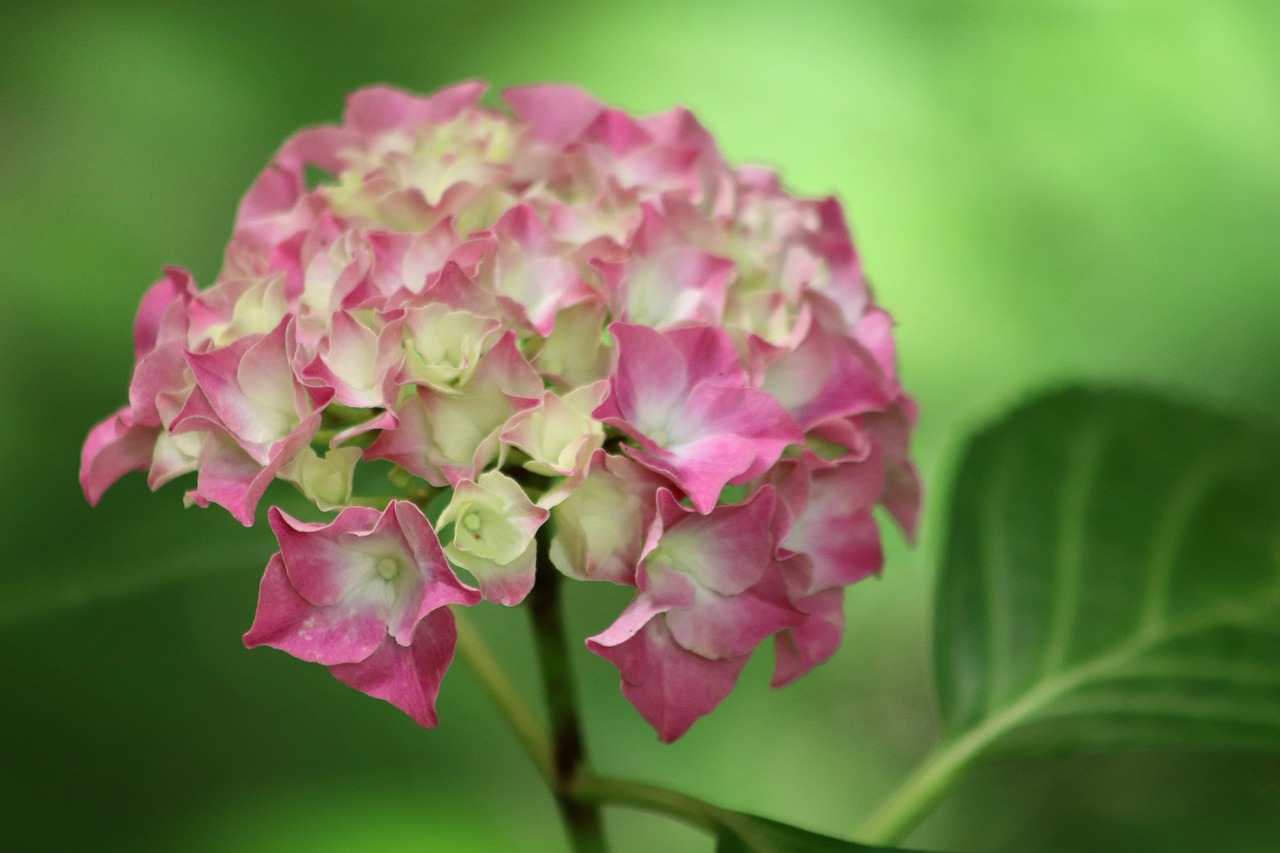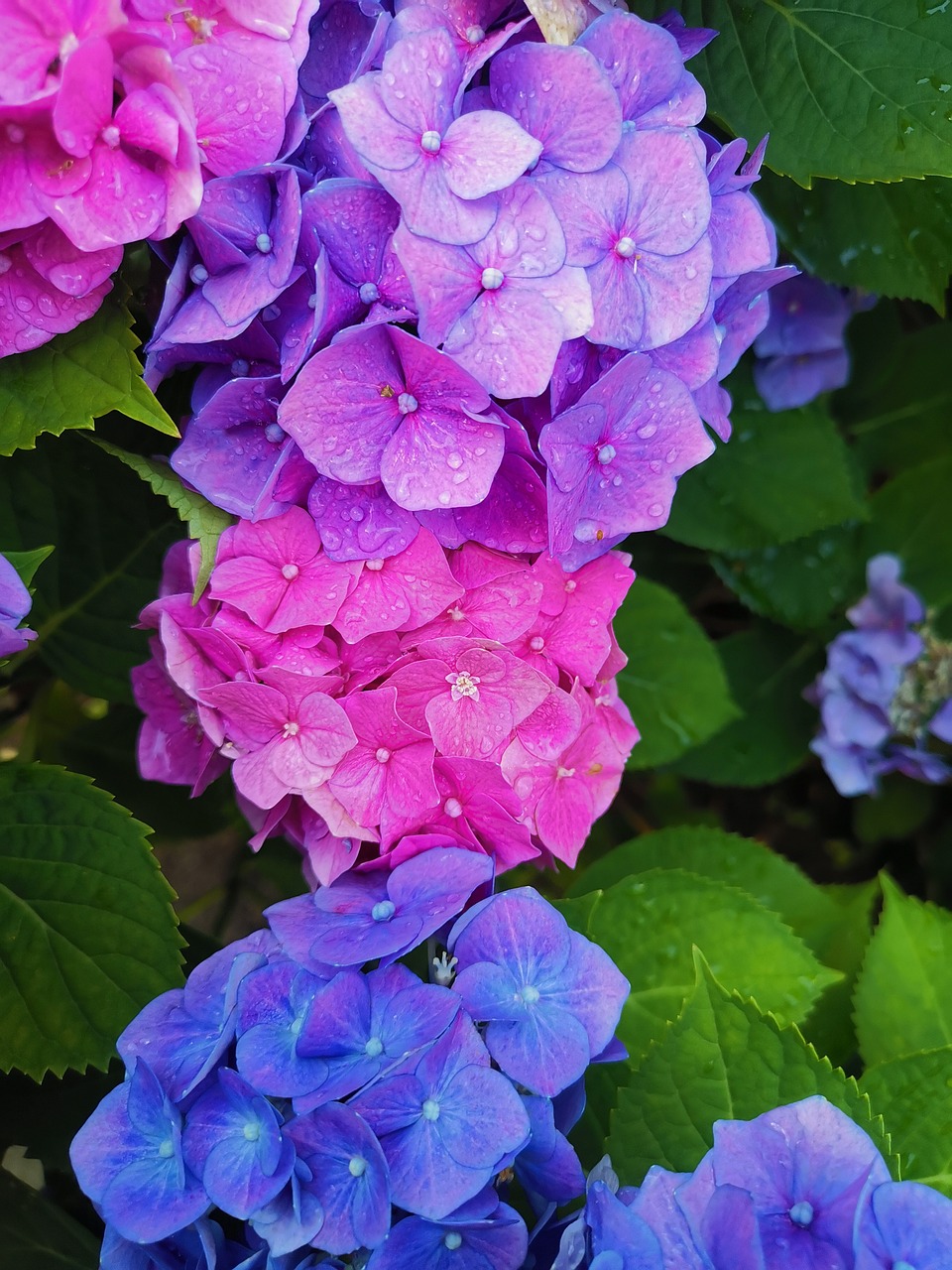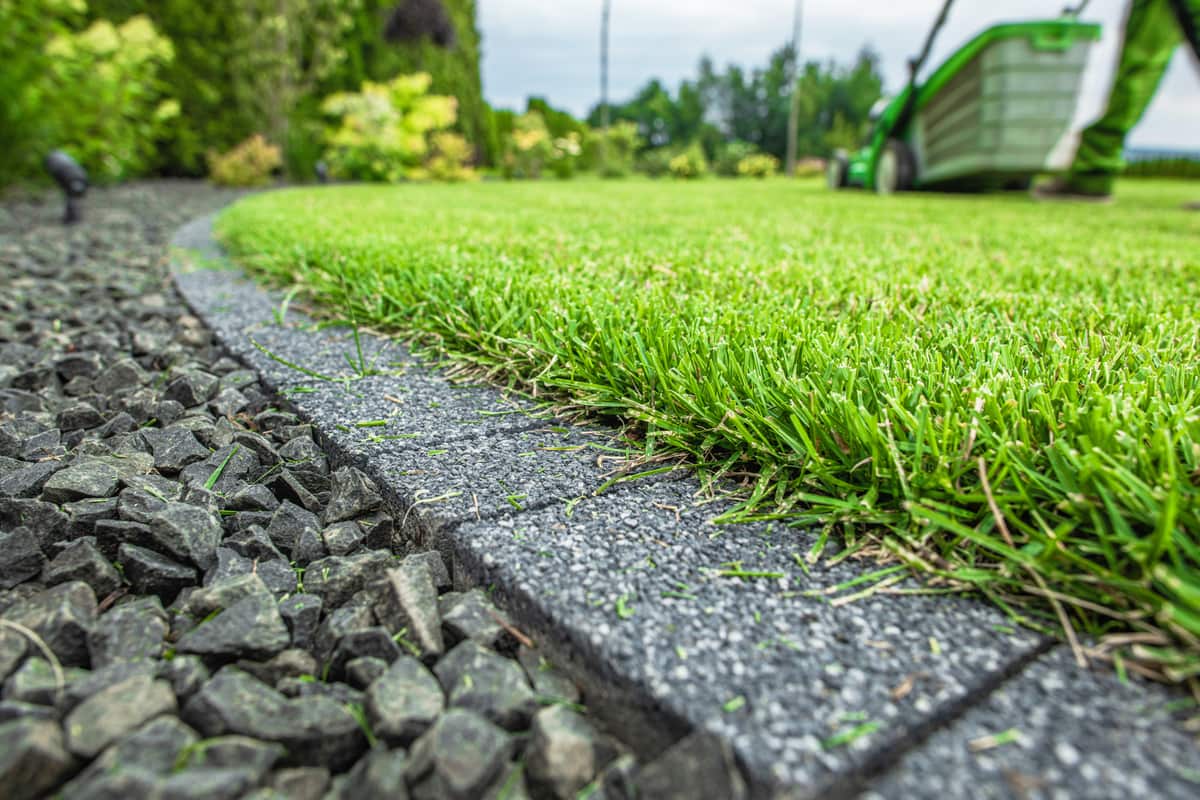Everything You Need to Know About Hydrangea Shrubs for Your Landscaping
Hi, it’s Mr. Lee! Hydrangeas are a gardener’s favorite for their showy blooms, easy care, and versatility. These stunning shrubs can add structure and vibrant color to your yard, whether as a focal point, a border plant, or part of a mixed bed. Let’s explore what makes hydrangeas a great addition to your landscape and how to choose and care for them.
Why Choose Hydrangea Shrubs?
- Eye-Catching Blooms: Hydrangeas are known for their large, fluffy flower clusters in shades of white, pink, blue, green, or purple.
- Seasonal Interest: Many varieties bloom from late spring through summer, with some offering beautiful foliage or dried blooms into fall.
- Versatility: They fit perfectly as standalone specimens, in group plantings, or as part of a layered garden design.
- Color-Changing Varieties: Some hydrangeas, like mophead types, can change color based on soil pH—acidic soil produces blue blooms, while alkaline soil yields pink ones.
Key Features of Hydrangea Shrubs
- Popular Varieties:
- Bigleaf Hydrangea (Hydrangea macrophylla): Famous for bold, mophead blooms or delicate lacecap flowers.
- Panicle Hydrangea (Hydrangea paniculata): Known for cone-shaped blooms that tolerate full sun.
- Smooth Hydrangea (Hydrangea arborescens): Includes the popular ‘Annabelle’ variety with its oversized white flowers.
- Oakleaf Hydrangea (Hydrangea quercifolia): Features unique foliage that turns deep red in fall, paired with creamy white flowers.
- Climbing Hydrangea (Hydrangea petiolaris): Ideal for walls, trellises, or fences, with beautiful white blooms and peeling bark.
- Size and Growth Habits:
- Hydrangeas range in size from compact dwarf varieties (2–3 feet) to larger types that can grow 8–10 feet tall.
- Their growth habit varies from rounded bushes to climbing vines, making them suitable for various spaces.
- Hardiness:
- Hydrangeas thrive in USDA zones 3–9, depending on the variety, offering options for different climates.
- Care Needs:
- Sunlight: Most hydrangeas prefer morning sun and afternoon shade, but some varieties, like panicle hydrangeas, can tolerate full sun.
- Soil: They thrive in well-draining, rich soil. For color-changing varieties, soil pH can influence bloom color.
- Watering: Regular watering is essential, especially during dry spells, as hydrangeas are moisture-loving plants.
- Pruning: Pruning needs vary by type; some bloom on old wood and require minimal pruning, while others bloom on new wood and benefit from a yearly trim.
How to Incorporate Hydrangeas into Your Landscape
- Focal Points: Plant hydrangeas as stand-alone showpieces in your garden.
- Borders and Hedges: Use them to create soft, colorful borders along walkways, patios, or driveways.
- Mixed Beds: Combine hydrangeas with perennials like hostas, astilbes, or ferns for a layered, textured look.
- Containers: Dwarf varieties are perfect for pots or small spaces, adding charm to patios and porches.
Why We Love Hydrangeas
Hydrangeas bring elegance and vibrancy to any garden. With their long blooming period, wide variety of colors, and adaptability to different settings, they’re a true standout in the landscape.
If you’re ready to add hydrangeas to your yard, contact Lee’s General Landscaping today. We’d love to help you pick the right varieties and incorporate them into your outdoor space!

| Attribute | Description for Hydrangea Shrubs |
|---|---|
| Size | Ranges from 3 to 10 feet in height and width depending on the variety. |
| Insects & Pests | Prone to pests like aphids and spider mites, but generally manageable with care. |
| Bloom Time | Blooms from late spring to early fall, with colors that may change based on soil pH. |
| Maintenance | Low-maintenance; benefits from deadheading and proper pruning based on variety. |
| Root Growth | Shallow root system; consistent watering and mulching help keep roots healthy. |
| Seasonality | Deciduous, offering seasonal interest with summer blooms and bare winter branches. |
| Watering Needs | Requires regular watering to maintain moist soil, especially during dry periods. |
| Sunlight Requirements | Prefers partial shade but can tolerate full sun in cooler climates. |
| Soil Compatibility | Thrives in rich, well-drained soil; bloom color changes based on pH levels. |
| Growth Rate | Moderate to fast growth rate with adequate water and sunlight. |
| Hardiness Zone | Best grown in USDA Hardiness Zones 3–9, depending on the variety. |
| Color & Aesthetics | Showy flower clusters in white, pink, blue, and purple; adds bold color to gardens. |
| Wildlife Attraction | Attracts pollinators like bees and butterflies. |
| Allergy Concerns | Low allergen production, suitable for allergy-sensitive areas. |
| Edibility/Toxicity | Toxic if ingested by pets or humans. |
| Wind Tolerance | Sensitive to strong winds; best planted in sheltered areas. |
| Invasive Potential | Non-invasive, easy to control in gardens. |
| Mulching Needs | Benefits from mulching to retain soil moisture and regulate temperature. |
| Lifespan | Long-lived perennial with potential to thrive for many years. |
| Fertilization | Annual fertilization with balanced, slow-release fertilizer is recommended. |
| Companion Planting | Pairs well with shade-loving plants like hostas and ferns. |










.jpg)














